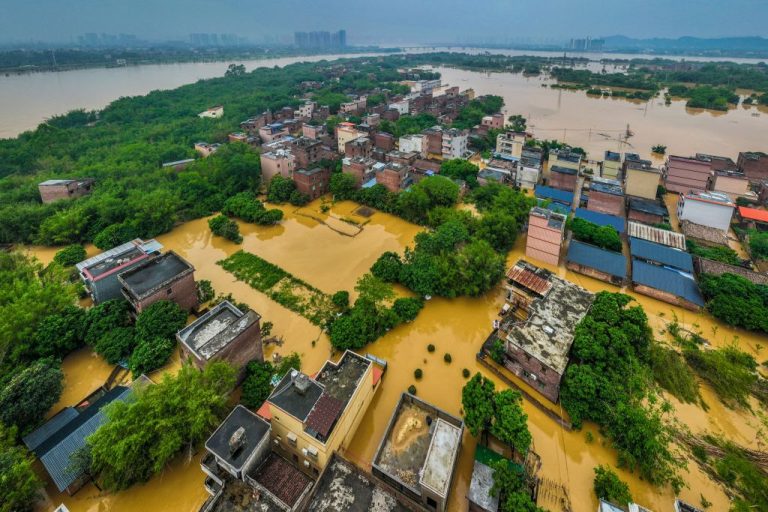America’s supply chain crisis has driven up the prices of products. However, Amazon is trying to bypass such challenges by hiring private shipping vessels to transport goods around the world, which many believe is an indication of the e-commerce giant’s rising global influence.
The company has long wanted to have as much control over the logistics of its business as possible. Its investments in this part of the process have ballooned in recent years, which is reflected in its deliveries.
Between 2019 and 2020, Amazon’s investment in shipping rose from $38 billion to $61 billion. In 2019, Amazon only shipped 47 percent of its packages; now it’s 72 percent. In addition to shipping, the company is also manufacturing 53-foot cargo containers in China.
In an interview with CNBC, ocean freight analyst Steve Ferreira explained that Amazon has manufactured 5,000 to 10,000 of these containers over the last two years. Once these containers are unloaded in the United States, they get used in the domestic system and the rail system rather than being shipped back to Asia as is usually the case.
The benefit of controlling the logistics is evident in the shipping wait times at ports. Ferreira said that there are 79 vessels at the Los Angeles port that have been waiting for up to 45 days to come to harbor. In contrast, Amazon’s hired vessels only had to wait for two days. Since Amazon charters private vessels, the company is in control of where its goods are being transported, allowing it to avoid congested ports.
Success
You are now signed up for our newsletter
Success
Check your email to complete sign up
“Who else would think of putting something going into an obscure port in Washington, and then trucking it down to L.A.? Most people are thinking, well, just bring the ship into L.A. But then you’re experiencing those two-week and three-weeks delay. So Amazon’s really taken advantage of some of the niche strategies I believe that the market needs to employ,” Ferreira said.
The analyst added that Amazon is now considered to be an Ocean vendor and the volumes it is handling would put the company in the top five transportation firms in the Trans-Pacific. Other big players like Target, Walmart, Home Depot, and Costco have also begun chartering their own vessels this season in a bid to bypass congested ports.
Amazon is boosting its fulfillment network as well, doubling it from 2019. In the United States, the company has 930 facilities. In the previous two years, the company has hired 670,000 employees, taking their total workforce to 1.4 million. Amazon is also expected to add in 85 new jets by next year. All these initiatives that ensure a steady delivery system have been very expensive.
“The company’s Q3 earnings conference revealed huge costs associated with logistics services. Total fulfillment costs increased to $473 million (50% YoY), whereas shipping costs climbed to $18 billion (20% YoY). Another $4 billion was used to help hire 150,000 extra workers for the busy holiday season,” reported The Street.
According to Brian Nowak from Morgan Stanley, the company’s delivery venture, Amazon Logistics, is expected to ship 6.3 billion packages by the end of this year, representing 66 percent of the company’s total volume.
Amazon Logistics could pressure UPS and FedEx and hurt the duopoly’s potential leverage with customers, Nowak says. These two transporting businesses can also lose out on their business from Amazon. For example, Amazon makes up 13 percent of the total company revenue at UPS.















